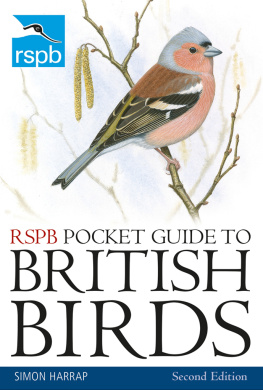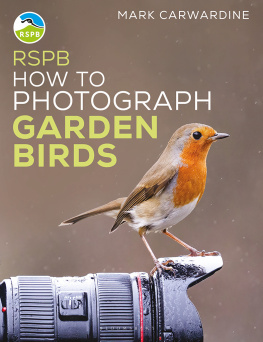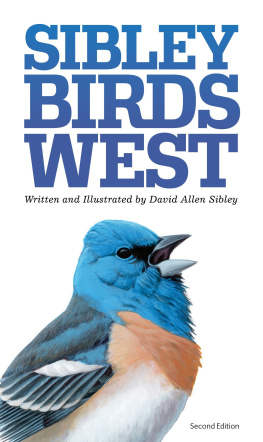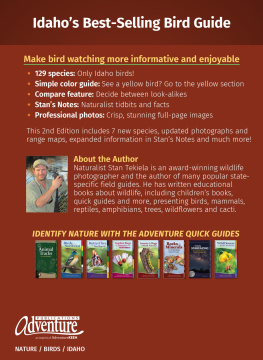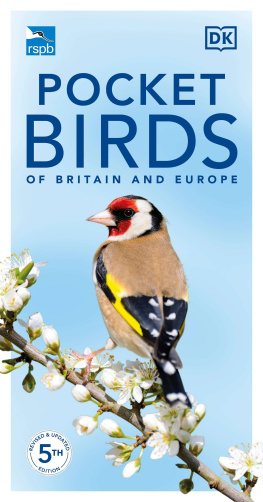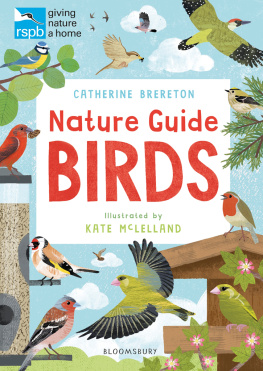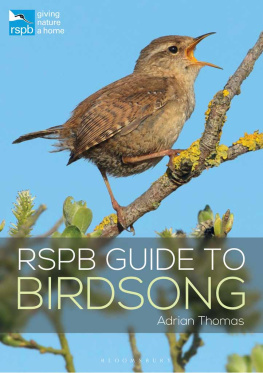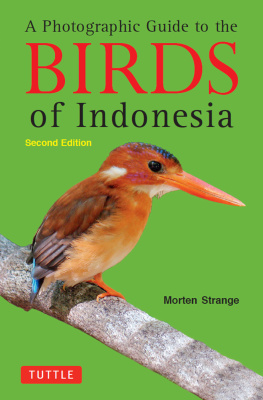
This electronic edition published in 2015 by Bloomsbury Publishing Plc
Second edition published 2012 by Bloomsbury Publishing Plc,
50 Bedford Square, London, WC1B 3DP
Copyright 2007, 2012 text by Simon Harrap
Copyright 2007, 2012 inside illustrations by Dave Nurney
Copyright 2012 cover illustration by Stephen Message
The right of Simon Harrap to be identified as the author of this work has been asserted by him in accordance with the Copyright, Designs and Patents Act 1988.
ISBN (print): 978-1-4081-7456-2
ePUB ISBN: 978-1-4081-8672-5
A CIP catalogue record for this book is available from the British Library.
All rights reserved
You may not copy, distribute, transmit, reproduce or otherwise make available this publication (or any part of it) in any form, or by any means (including without limitation electronic, digital, optical, mechanical, photocopying, printing, recording or otherwise), without the prior written permission of the publisher. Any person who does any unauthorised act in relation to this publication may be liable to criminal prosecution and civil claims for damages.
Commissioning editor: Julie Bailey
Project editor: Jasmine Parker
Designed by Rod Teasdale
To find out more about our authors and books visit www.bloomsbury.com. Here you will find extracts, author interviews, details of forthcoming events and the option to sign up for our newsletters.
CONTENTS

The RSPB speaks out for birds and wildlife, tackling the problems that threaten our environment. Nature is amazing help us keep it that way.
If you would like to know more about The RSPB, visit the website at www.rspb.org.uk or write to: The RSPB The Lodge Sandy Bedfordshire SG19 2DL Tel: 01767 680551
AUTHOR ACKNOWLEDGEMENTS
Thanks to Dr David Leech for reading through the entire text and making many useful suggestions, to Nigel Redman of Bloomsbury and his wife Cheryle Sifontes for their enthusiastic support and to Julie Bailey and Jasmine Parker of Bloomsbury for their expert guidance.
IMAGE CREDITS
All page numbers refer to the print edition.
Christopher Elwell/Shutterstock;
stocker1970/Shutterstock;
Stephen Meese/Shutterstock.
INTRODUCTION
Birds are undoubtedly the most popular aspect of Britains wildlife. The membership of the RSPB, standing at well over a million, dwarfs other conservation organisations. But, while many people are interested in birds and concerned for their welfare, relatively few are able to identify more than a few distinctive species. How can this be, when there are dozens of field guides and other bird books? Taking a closer look, I realised that while the expert birder is now very well catered for with several excellent field guides, the beginner is rather poorly-served. It thus seemed that there was a need for one more book, specifically written and designed for those starting out on their birdwatching journey and eager to identify the birds that they see around them.
This field guide has therefore been designed with the following in mind:
It should include all the species of bird likely to be encountered in the garden, on country walks or on visits to the seaside or bird reserves, but no more.
It should be specifically designed for use in Britain and Ireland.
It should be written, as far as possible, in non-technical terms.
It should be written, designed and illustrated to the highest standard.
It should be affordable.

HOW TO USE THIS BOOK
Each species has its own entry (a few very similar species are treated together), and each entry is written to a standard format. The English name is followed by a measurement giving the approximate total length of the bird from the tip of the bill to the tip of the tail in centimetres. The title line also includes the scientific name, which is always made up of two words and written in italics. Scientific names are based on Latin or ancient Greek or are Latinised versions of the names of people or places. The system of scientific names is international and subject to strict rules, and is designed to give every species of animal and plant a name that can be understood everywhere in the world, whatever the local language.
After a brief introduction the main body of the text is divided up under the following headings: Description, Population, Habitat, Voice and Confusion Species. These headings are self-explanatory, but under Confusion Species a few additional species are mentioned that are not illustrated in the Pocket Guide but which may cause confusion.



IDENTIFYING BIRDS
Identifying birds is fun, mostly rather easy and very rewarding. The secret of success is to look carefully and to listen.
LOOKING
In the garden many birds can be seen well enough to be identified without the use of any optical aids, but in more open country or on the coast a pair or binoculars is almost essential. Indeed, apart from a field guide, a pen and a notebook, binoculars are the only equipment needed to be a birdwatcher.

BINOCULARS
Binoculars are available at a huge range of prices, from a few pounds to a thousand pounds. In general, you get what you pay for, but there are a few points worth remembering.
1. Binoculars are specified by two numbers, e.g. 10 x 42, 8 x 40. The first figure gives the magnification, the second the diameter in mm of the objective lens the larger lens, not the eyepiece that you look into. Never buy binoculars with a magnification of more than ten! You will not be able to hold them steady enough and their optical quality is probably poor; conversely, a magnification of less than seven is not likely to be of much use. In general, the bigger the objective lens, the more light the binoculars let in and the brighter the image, but modern high-tech coatings have made smaller objective lenses more useful, and excellent (if expensive) miniature binoculars with objective lenses as small as 20 mm diameter are available.
2. Ideally, binoculars should be sealed and fully waterproof. In our climate it is all too easy to get moisture inside binoculars and if permanently steamed-up an expensive repair will be necessary.
3. Always try before you buy. The size, shape and handling of binoculars are important considerations and are very personal, so hands-on experience is essential. Any good dealer will allow you plenty of time to look at and handle a range of models.

